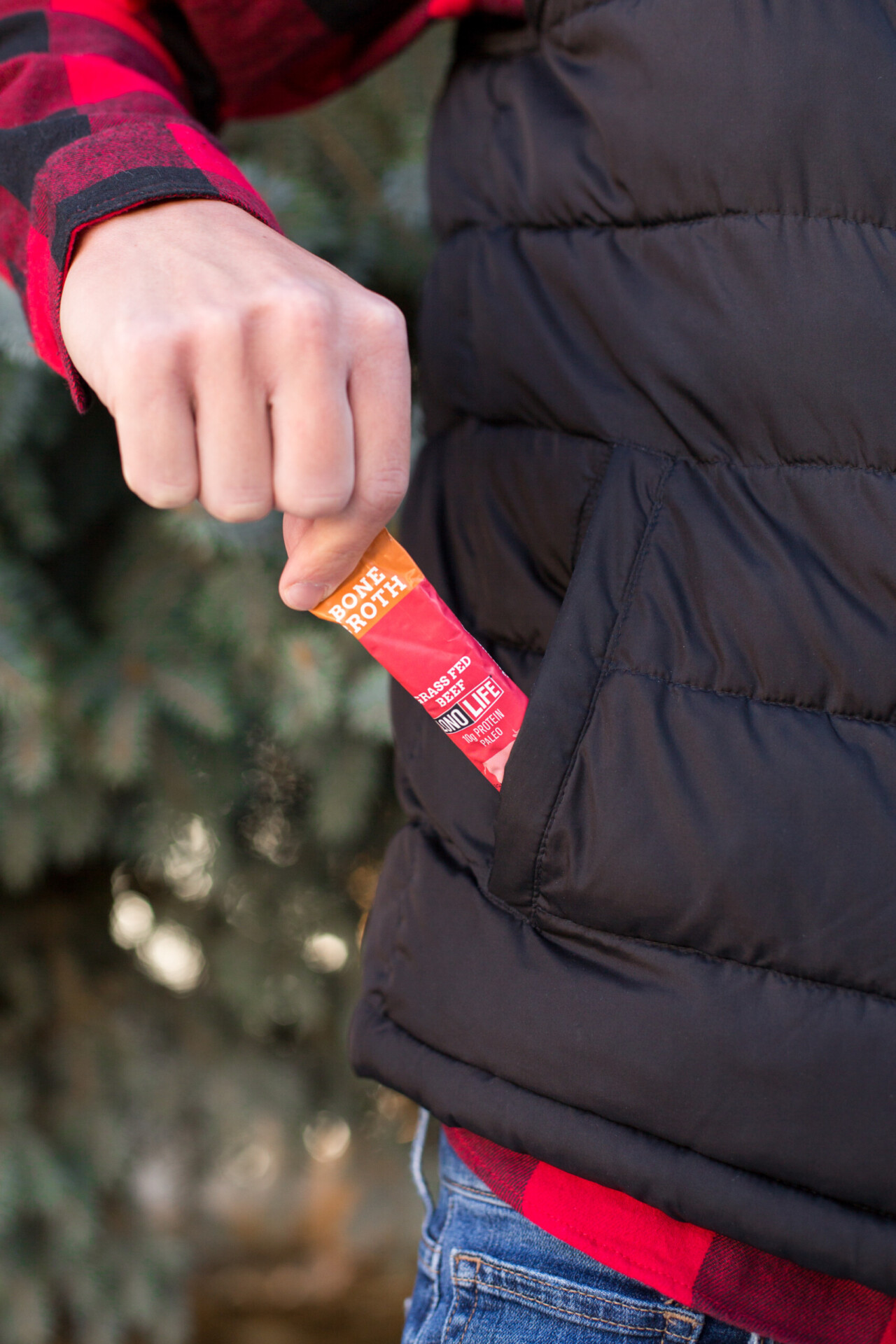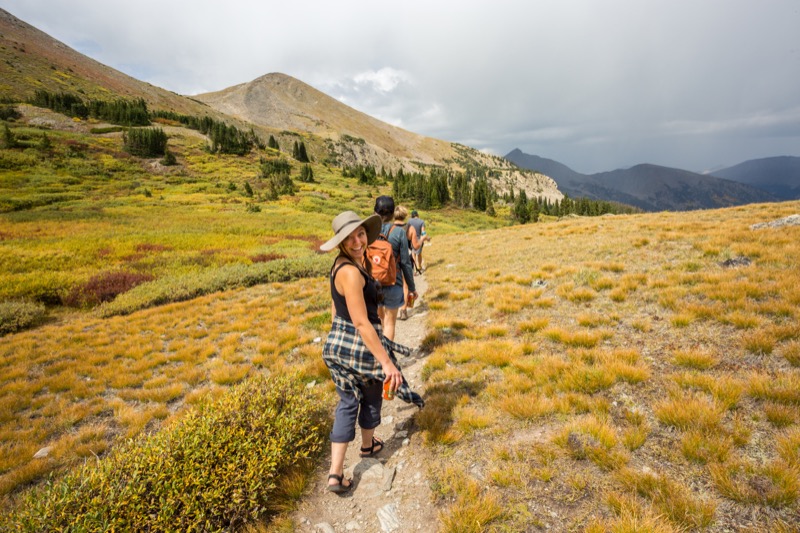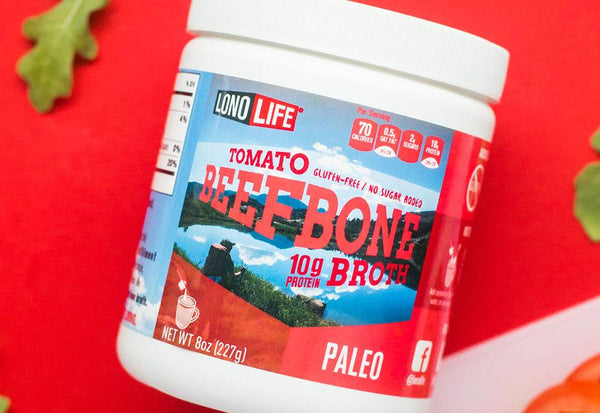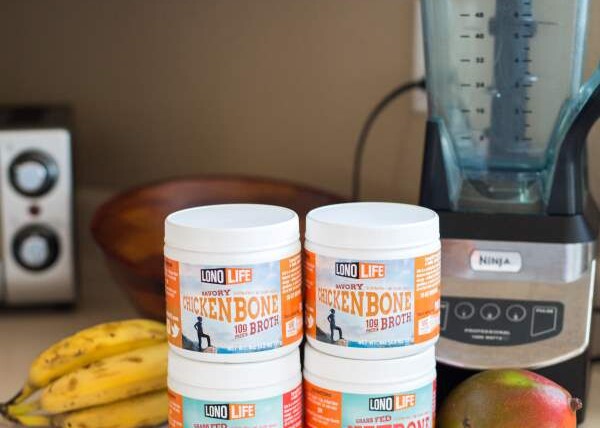Some things in life just seem to go together. Like Netflix and chill… Copy and paste…
Fall weather and hiking…
As soon as the temps start to drop and nature’s foliage festival begins, our hiking radar goes up. If you’re new to the hiking world, trust us, this is the best time to explore. But like everything in life, a well-prepared hike is more likely to be a successful hike, so we’re sharing some of our go-to preparedness tips to set you up for success as you lace up your boots and strap on your backpack this fall.
GET APPY

Sure, you can dig out a paper map and try your luck on finding the perfect trail to hike, OR you could check out some of the well-researched apps available for hiking and trail exploring available at the click of a button. We love All Trails, a website (and app) that has an extensive database of trails to explore. You can find trails near you, read about them, create maps, and sort routes by suitability, accessibility, and popularity.
Another must-have app is Seek by iNaturalist which allows you to identify flora and fauna on your walk. Not sure if you’re about to set your picnic up by a carpet of poison oak? Snap a photo and you’ll have your answer in seconds.
CHECK: THE WEATHER + TRAIL CONDITIONS + CURRENT RESTRICTIONS
When it comes to hiking, it’s a good idea to understand the local weather conditions where you are heading. It might be warm where you live at home, but does the temperature drop significantly as you reach your summit? Is there lightning In the forecast? Dig a bit deeper before heading out so you’re prepared for what might come your way. Similarly, some trails might be shut down by recent rain events, forest fires, or even to give the ecosystem a breather, and others could have restrictions in place due to COVID or might say no to dogs. Search up your chosen trail and you should be able to find some up-to-date info.
PACK THE ESSENTIAL ESSENTIALS
We’re assuming you’re doing a day hike here (if you’re planning an overnight camping mission, check out this article on the perfect items to pack). But just because you plan to be home by dusk, doesn’t mean you don’t need to pack some essential gear. Here’s what you should plan on having in your pack at the minimum:
- Water and food (we dig into this a bit deeper in the next point)
- Compass
- Fire-starter or matches
- A basic first-aid kit (think alcohol wipes, bandaids, tweezers etc.)
- Army knife or multi-purpose tool
- Flashlight
- Sunscreen and Sunglasses
- Hat
- Fully charged phone
THINK OF FUEL

You’re the car on this adventure, and whether you’re going for a one hour ramble or an eight hour hike, you’re going to need to keep some fuel in the tank. First off, think about how much water you’ll need. A good rule of thumb is to have a liter of water for every two hours you hike. Think about adding some collagen peptides to some iced water on a hot day (the 10g of protein will keep you going longer). Then make sure you’ve packed some good low-bulk, high energy snacks. Things like beef jerky are great as they don’t take up much room but deliver high protein, as is trail mix. If you’re thinking about bringing a thermos of coffee with you, consider switching it out for bone broth (a powdered bone broth stick pack is lightweight and easy to stash) — the 10g of protein will provide you with a lot more sustained energy than the quick caffeine boost.
BE BUG READY
Sure, mosquitoes can be a pain in the wherever-they-bite-you, but we’re more concerned about ticks when it comes to forested land. These little creatures can carry all manner of diseases, so it’s best to avoid being bitten if you can. If you know you’re going into tick country, be prepared by wearing a hat, repellent spray, and staying away from long grasses or low-hanging branches. If you do find a tick embedded, use the tweezers in your first-aid kit to remove it straight away (then wipe the area with an alcohol wipe).
FREE YOUR FEET
From blisters, that is. There’s nothing worse than getting into the first part of your hike only to realize you’ve already got blisters. The best way to avoid this is to get some good hiking shoes or boots in the first place. What that looks like for you depends on the trails you plan to explore, but the key is to break them in before you go for a longer hike. Socks — although less of an investment — are equally important. Make sure you wear wool or synthetic socks that will wick away moisture, not cotton ones. We’re fans of Darn Tough socks — they’re made from Merino Wool in the US and they offer a lifetime warranty.
Now you’ve got the basics down, the question is, where will you go? (And in this beautiful, diverse country, the options are practically endless!) Once you figure that out, make sure someone knows, just in case you run into Bigfoot on your hiking adventure and don’t make it back on time.


























